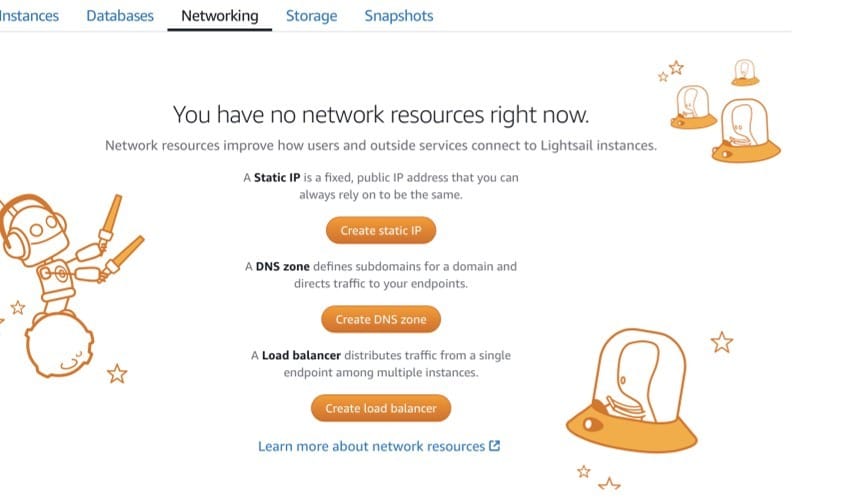What is AWS Lightsail?

What is Lightsail?
It’s a simpler alternative to EC2.
It provides you with all the tools you need to build websites and small-scale web applications.
Helps new users get started quickly with AWS because EC2 needs effort and experience for setup and configuration.
Benefits of Lightsail are its monthly pricing model and its easy-to-use interface.
Provides you with a fixed pricing model and other options like managed databases and static IP addresses.
- PROS of Lightsail?
- Having a Fixed Pricing Model:
It important because customers often complain of unexpected EC2 bills.
In EC2, a bad code can use up substantial computing power and result with a bill of 1000$.
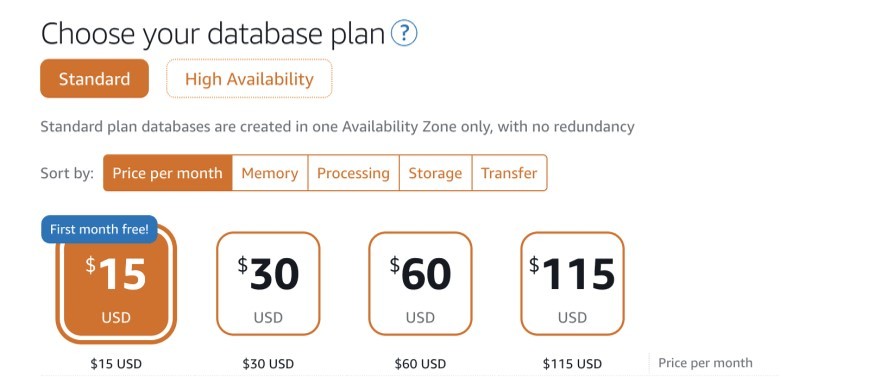
Fixed monthly cost for the resources an application can consume.
Pricing from $3.5 to $160 per month.
$160 subscriptions offer 32 gigs of ram and 640 GB SSD.
Possibility for additional storage space.
This model is very helpful for startups and individual developers working on MPVs.
- Manually Scalable:
Instances can be moved up or down, because of the option to migrate between instances.
Once your blog or application prospers and starts consuming extra resources, switch from plans and upgrade to get higher RAMs and storage capacity.
Allows you to move your application to a larger or a smaller instance without loss of data.
Offers the option of moving your instance to EC2.
- Easy User Interface:
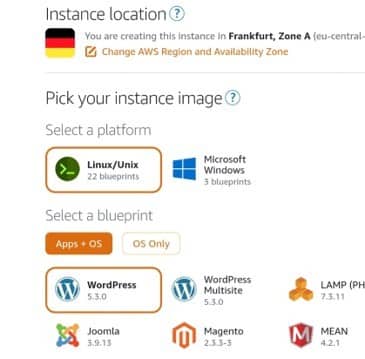
What is AWS Lightsail?
Offers simple core configuration options.
Great for beginners and startups who cannot afford professional help.
Just a few clicks to get a server up and running.
- Simplicity of Networking:
Modify configurations with a few clicks within Lightsail dashboard.
From Networking Tab, Static IPs are created and attached to your Lightsail instances.
Configure various domains to your static IPs within the Lightsail dashboard.
- Manageable Databases
Managed databases that can be attach to instances.
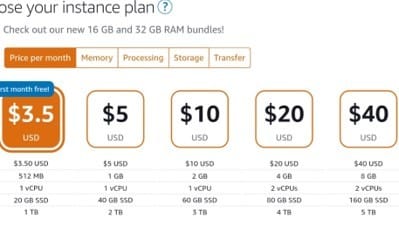
AWS Lightsail – managed databases
Those databases provide automatic backups and scaling.
Add and configure managed databases from the Lightsail dashboard from the Databases tab.
Provides you with different versions of MySQL and PostgreSQL databases that can be connect to your website/app.
- Cons of Lightsail:
- Not for enterprise workloads
With the ease of use comes a few trade-offs. Lightsail is perfect for websites and small-scale applications, but it is not recommended for enterprise-level workloads.
Unlike EC2 or AWS lambda which can scale based on incoming requests, Lightsail can only work with the computing power that you have purchased. Even though you have the option to move to a larger instance on Lightsail, it does not happen automatically.
Use Lightsail only for applications where you can afford downtime. If your application is used by thousands of users on a regular basis, it is recommended that you stick to EC2.
- When is it Used?
-
- Blogs
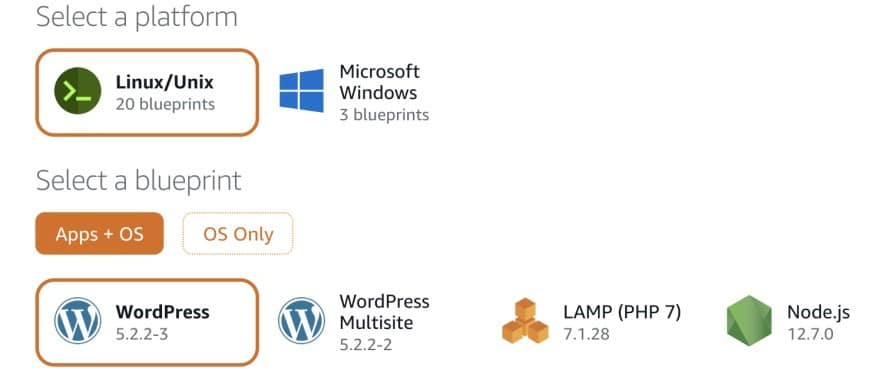
AWS Lightsail – blogs
Best for running blogs, especially using WordPress.
Provides you with pre-configured WordPress instances that can be created with a couple of easy clicks.
- Developing and Testing environments
For setting up DevOps pipelines to build your staging servers.
Staging and Testing servers don’t need to have the same compute capacity as that of a production instance, hence your team gets to play with new features of your products on the staging instance before even having to deploy it live.
- Simple Web Applications

Not for large scale applications.
For building smaller apps on Lightsail instances.
Has pre-configured stacks such as that of the MEAN stack.
Has content management systems such as that of Drupal and Joomla.
Can be used for hosting your RESTful APIs through simply choosing to install just Node.js.
